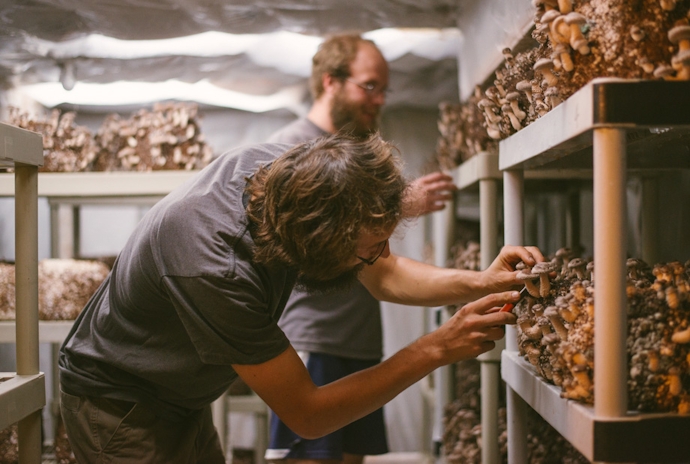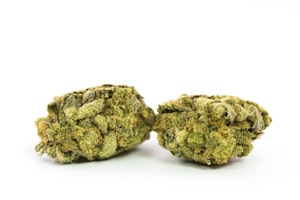
Scientists Discover A Major Difference Between Naturally Grown And Commercially Grown Magic Mushrooms
From forest to lab: Discovering how the growth environment alters the magic essence of shrooms.
The University of Queensland scientists unveiled the genetic code of over 100 magic mushroom strains, uncovering a significant difference between the wild ones you might find on a forest adventure and those grown in neat, commercial rows.
What Are Magic Mushrooms?

Magic mushrooms are the psychedelic odyssey offered by nature.
Known scientifically as ‘Psilocybe,’ these fungi are not just about their mind-altering escapades; they’re meant to offer a window into the mind, guiding deep introspection and healing.
Magic mushrooms are famed for their natural compound, psilocybin, which gives them their mind-altering, psychedelic properties. When ingested, psilocybin is converted into psilocin, a substance that induces hallucinogenic effects, often described as a journey through altered perceptions and heightened senses.
But there’s more to these mushrooms than their trippy reputation. Recently, they’ve been making waves in academic and medical circles, showing potential in treating mental health conditions like depression, anxiety, and PTSD.
Nevertheless, a recent spotlight has been put onto the source of magic mushrooms, mainly whether they’re been grown naturally or commercially, ‘in-house.’
Naturally Grown Vs Commercially Grown Magic Mushrooms
When it comes to magic mushrooms, not all fungi are created equal.
There’s a whole world of difference between naturally grown and commercially grown varieties, and it’s not just about where they sprout.
Naturally grown magic mushrooms, which you might stumble upon in a forest or meadow, are wild, untamed, and diverse. They’re the originals, boasting a rich genetic variety shaped by nature’s whims. This genetic diversity is not just about different shapes and sizes; it’s about a range of psychoactive experiences, each mushroom with its own unique psychedelic fingerprint.
Contrastingly, their commercially grown counterparts, bred in controlled environments, prioritize consistency and yield. Yet, this uniformity comes with its own set of implications, as discovered by researchers at the University of Queensland, marking a significant insight into the cultivation and potential of these fungi.
University Of Queensland Study On Over 100 Magic Mushrooms

In a pioneering leap, scientists at the University of Queensland decoded the genetics of over a hundred magic mushroom strains.
This landmark study, published in Current Biology, wasn’t just for scientific curiosity. The team sequenced the genomes of both naturally and commercially grown strains, analyzing their psilocybin content and other beneficial properties.
Their findings? A stark contrast: the rich genetic diversity of wild mushrooms has been diminished in commercially cultivated varieties. Lead author Alistair McTaggart highlighted a concerning loss of diversity in some commercially grown strains, particularly in genes linked to psilocybin production.
Could these differences mean less intense experiences from commercially grown mushrooms? And what implications do these findings have for their use in therapy? Addressing these questions is the mission of Funky Fungus, a new venture by the research team dedicated to developing unique, therapeutically valuable strains.
This research aligns with broader findings that natural mushrooms’ higher psilocybin levels are linked to more profound psychedelic experiences, fostering deep introspection and personal growth. Understanding these nuances is critical to fully harnessing the therapeutic potential of magic mushrooms.
Herb Recommended Products:
READ MORE










